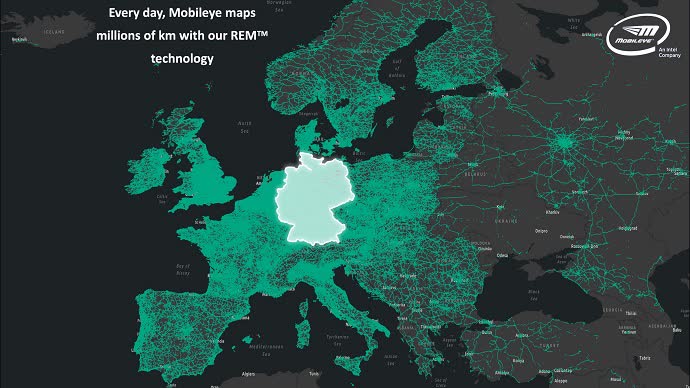A “quantum leap” improvement is coming to Tesla’s Autopilot software in six to 10 weeks, Chief Executive Elon Musk said a tweet.
Musk called the new software a “fundamental architectural rewrite, not an incremental tweak.”
Musk said his personal car is running a “bleeding edge alpha build” of the software, which he also mentioned during Tesla’s Q2 earnings.
“So it’s almost getting to the point where I can go from my house to work with no interventions, despite going through construction and widely varying situations,” Musk said on the earnings call. “So this is why I am very confident about full self-driving functionality being complete by the end of this year, is because I’m literally driving it.”
Tesla’s Full Self-Driving software has been slow to roll out against the company’s promises. Musk previously said a Tesla would drive from Los Angeles to New York using the Full Self Driving feature by the end of 2019. The company didn’t meet that goal. So, it will be interesting to see the state of Autopilot at the end of 2020.
Last edited by a moderator:






